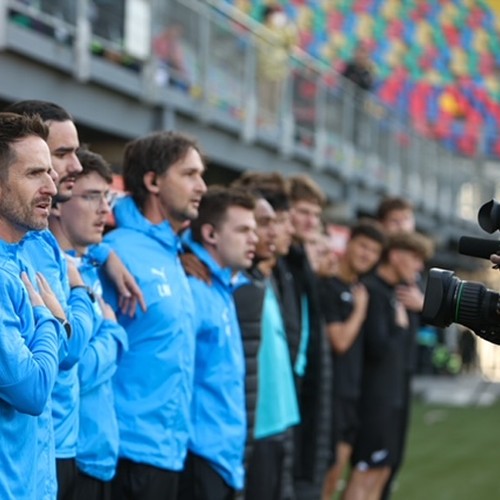Runner's knee
Wed Jan. 25th 2017
Whether you're just starting out or training for a marathon, there's nothing more upsetting than suffering from a running injury. It can sabotage even the best-laid fitness plans and set your training back weeks or even months.
Injuries are particularly common among new runners whose bodies aren't used to the repetitive load and forces of running.
The good news is most injuries can be prevented if you take the right precautions. Improving your running technique, incorporating core and strength training into your routine along with regular stretching all help.
Here is one of the most common injuries and how to avoid it so you don't run into trouble.
Runner's knee
Runner's knee is an umbrella term given to conditions affecting the knee. It's most commonly used to describe Patellofemoral Pain Syndrome (PPS), although it's sometimes used to describe Iliotibial Band Syndrome (ITBS).
PPS refers to the condition where pain is present around or behind the kneecap, believed to be caused from misalignment of the patella (kneecap), which irritates the femur (thigh bone). It can feel as though the knee is giving way and might be accompanied by a grinding or popping sensation.
The ITB is a band of fascia (a web of connective tissue that covers all the bones and muscles in the body) that runs down your hip, across the knee and inserts to the top of your tibia to stabilize the knee. ITBS is the condition where the ITB is not functioning correctly, causing compression or irritation, which leads to pain, usually on the outer side of the knee. In some cases pain can be felt along the ITB right up to the hip.
Causes
- Muscle weakness and instability in the hips.
- Muscles tightness.
- Sudden increase in mileage, speed or hill work.
- Shoes not suited to your foot type.
- Running downhill or going down stairs.
- Sitting for long periods of time.
Prevention
- Specific hip strengthening routine, including exercises such as clams, side lying leg raises and bridge pose.
- Strengthen quads.
- Keep up your stretching to optimize function of your muscles and joints.
- Increase mileage, hill work and speed work gradually.
If you already have the symptoms of this injury it is recommended that you rest from running and any exercise that aggravates your pain until you see an improvement.
Remember all injuries and individuals are different so dependent on your injury and severity seeing a health professional and having your injury diagnosed and treated is recommended.





